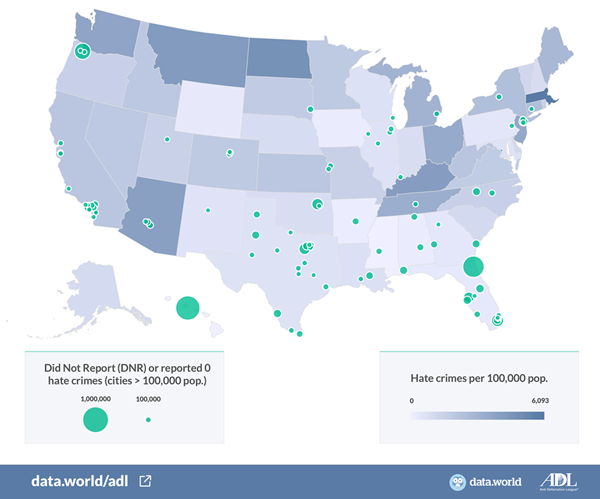Press Release: “the ‘Dubai Data Economic Impact Report’…provides the Dubai Government with insights into the potential economic impacts of opening and sharing data and includes a methodology for more rigorous measurement of the economic impacts of open and shared data, to allow regular assessment of the actual impacts in the future.
The study estimates that the opening and sharing of government and private sector data will potentially add a total of 10.4 billion AED Gross Value Added (GVA) impact to Dubai’s economy annually by 2021. Opening government data alone will result in a GVA impact of 6.6 billion AED annually as of 2021. This is equivalent to approximately 0.8% to 1.2% of Dubai’s forecasted GDP for 2021. Transport, storage, and communications are set to be the highest contributor to this potential GVA of opening government data, accounting for (27.8% or AED1.85 bn) of the total amount, followed by public administration (23.6% or AED 1.57 bn); wholesale, retail, restaurants, and hotels (13.7% or AED 908 million); real estate (9.6% or AED 639 million); and professional services (8.9% or AED 588 million). Finance and insurance, meanwhile, is calculated to make up 6.5% (AED 433 million) of the GVA, while mining, manufacturing, and utilities (6% or AED 395 million); construction (3.5% or AED 230 million); and entertainment and arts (0.4% or AED27 million) account for the remaining proportion.
This economic impact will be realized through the publication, exchange, use and reuse of Dubai data. The Dubai Data Law of 2015 mandates that data providers publish open data and exchange shared data. It defines open data as any Dubai data which is published and can be downloaded, used and re-used without restrictions by all types of users, while shared data is the data that has been classified as either confidential, sensitive, or secret, and can only be accessed by other government entities or by other authorised persons. The law pertains to local government entities, federal government entities which have any data relating to the emirate, individuals and companies who produce, own, disseminate, or exchange any data relating to the emirate. It aims to realise Dubai’s vision of transforming itself into a smart city, manage Dubai Data in accordance with a clear and specific methodology that is consistent with international best practices, integrate the services provided by federal and local government entities, and optimise the use of the data available to data providers, among other objectives….
The study identifies several stakeholders involved in the use and reuse of open and shared data. These stakeholders – some of whom are qualified as “data creators” – play an important role in the process of generating the economic impacts. They include: data enrichers, who combine open data with their own sources and/or knowledge; data enablers, who do not profit directly from the data, but do so via the platforms and technologies they are provided on; data developers, who design and build Application Programming Interfaces (APIs); and data aggregators, who collect and pool data, providing it to other stakeholders….(More)”

